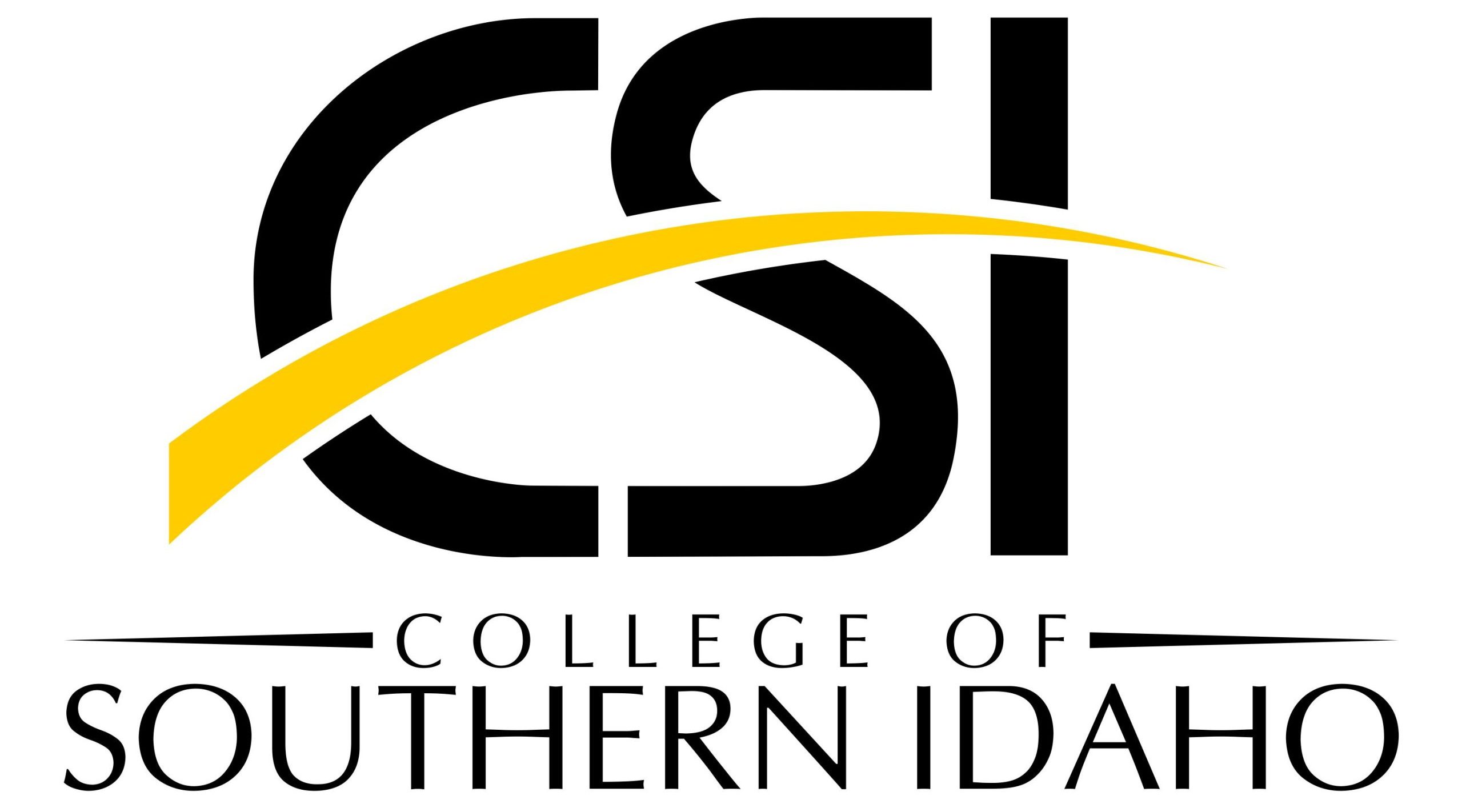Introduction
Hello! My name is Reed Hepler. I am the Digital Initiatives Librarian and Archivist at the College of Southern Idaho. This textbook was written in 2023 to provide a straightforward and comprehensive resource regarding the basics of library and information science. In particular, this textbook will cover the applications of the principles of library science rather than droning on about theory. Theory is important, but application of theoretical principles promotes real, long-lasting learning. The last half of the textbook examines the advent of digital initiatives and electronic resources and how these have altered library science. It also reflects on the ideal experience of a patron visiting a modern library and how patron-facing services can foster informational literacy.
This book is intended to give you a basic understanding of the common services that most libraries provide. While there are many different types of libraries, all of them provide most if not all of the basic services referred to in this textbook. All of them have patrons, although those patrons may have needs best suited to particular libraries. Whether you are going to be a medical, public, or academic librarian, this textbook can help you learn how you can best serve each of your patrons using a variety of resources and functions.
The goal of this textbook is to explain the different facets of general librarianship in a concise, thorough manner. Interspersed with these explanations will be interactive assessments and experiences in which you can test and demonstrate your knowledge. The average textbook is around 50,000 to 100,000 words. This textbook is around 25,000 words. Even when I update it or add sections, I want to remain in that range. At the most, I will change it to be 30,000 words. There is nothing more pointless than including excessive detail. This is an introductory textbook, and it provides links to more detailed sources of information if you would like to browse those.
One of the most common critiques of the library, which is completely unwarranted, is that since the Internet exists, libraries are going to be obsolete in the near future. Nothing could be more false. As modern librarians, we have harnessed a knowledge of the internet to provide quick and seemingly effortless access to ranges of data that were not accessible by the general public even ten years ago. The offerings of database and data access to patrons began almost immediately after the beginning of the Internet. The 1990s saw a huge surge in the use of the Internet for library technical services as well as patron-facing services. Now, the Internet holds some of the library’s own holdings, including ebooks and audio books, in addition to providing database access.
We will explore the history, theory, services, modernization, and patron-centered nature of the library. We will not go into detail about any of these topics, but you will eventually see how all of these facets fit together. If you ever are confused about the definition of a term, please consult ODLIS, which stands for the Online Dictionary for Library and Information Science. I will not link to it, because as a library scientist, you should know how to search for things and find them. Technically, I should not put any links in this book because I want you to know how to look for information by yourself. However, I like links and conciseness of information and data. Furthermore, I like to give people as much data as possible to make their lives easier. So I have links to other sites throughout this book. You’re welcome. I’ve spoiled you. 😉
I’ll give you another resource, too. This one I will give you the link to, but you may have to find it for yourself again because the Internet Archive hates external traffic to its site sometimes. The LIS Wiki was a massive open source encyclopedia about all things Library Science related. However, its use dropped gradually as people used social media and other websites to communicate about issues and topics. In 2019, a few years before I found out about it, the project was shuttered for good. I went to the Internet Archive and found a snapshot of the site from a month before it closed. It can be accessed at https://web.archive.org/web/20190509193404/https://liswiki.org/wiki/Main_Page.
Truly, the modern library has the potential to provide a unique experience to all patrons. Our job is to help patrons use all resources, digital and analog, at their disposal in the library. I hope that you will enjoy this textbook as much as I enjoyed creating it. If you would like more in-depth information about cataloging in libraries, look at our other textbook: Cataloging with MARC, RDA, and Classification Systems.
Every time that you use this textbook, please contact Reed Hepler at rhepler@csi.edu and provide the course title and the number of students involved. If you are using it for professional development, please give the institution and approximately how many people are going to use it at your institution. If you are a lone researcher, worker, or student, feel free to reach out and contact Reed with any revisions, questions, or other comments. This allows him to monitor the impact of the textbook and its associated assessments.


Feedback/Errata
3 Responses to Introduction